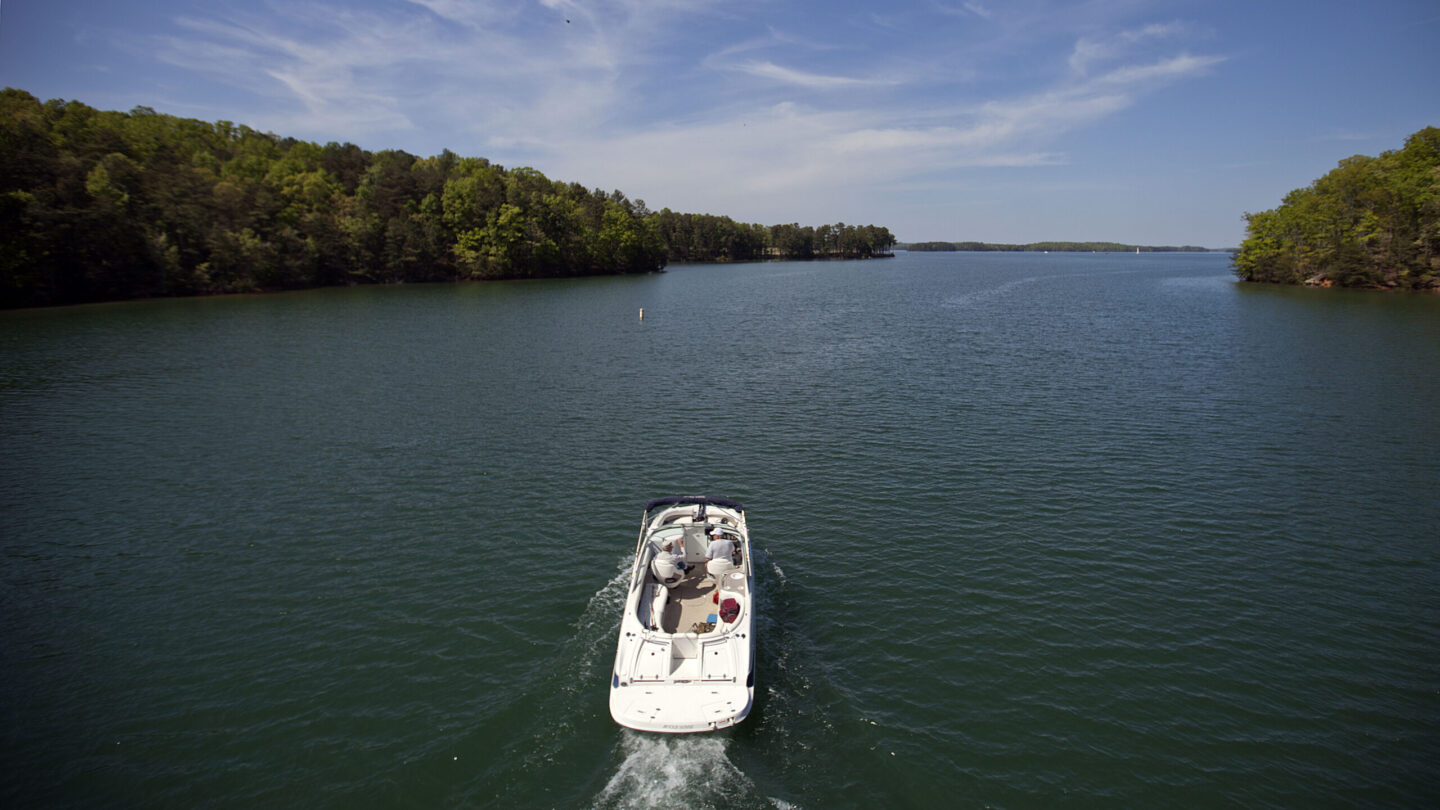This coverage is made possible through a partnership with WABE and Grist, a nonprofit, independent media organization dedicated to telling stories of climate solutions and a just future.
The U.S. Department of Agriculture has expanded a natural disaster declaration to 11 North Georgia counties after initially declaring a drought disaster in four counties last week. That comes as Georgia celebrates another win in its many legal battles over water.
In its declaration, the USDA said those counties have experienced at least eight weeks of drought. Some are undergoing exceptional drought conditions — the most severe level.
While the main growing season has ended, the drought means pastures are too dry for cattle to graze, so many farmers will need to buy feed. It’s also time to plant grains like wheat and rye for spring, but the drought-parched ground has been too dry.
The disaster declaration allows farmers in the 11 primary counties, another 11 contiguous counties in Georgia and five contiguous counties in neighboring states to apply for emergency loans and other aid.
Recent forecasts also hold some hope for North Georgia farmers, according to University of Georgia Agricultural Climatologist Pam Knox. After weeks of warm, sunny weather that helped dry out the land, rain is coming.
“Every little bit of rain is going to help chip away at that drought,” Knox said. “It’s not going to wipe away the drought anytime soon, but it will help from getting things worse.”
Knox said recent rainy weather is good news — if it continues. Droughts are persistent and take a long rainy period to get out of.
While the drought disaster is in the northern part of the state, the metro Atlanta region is also dryer than usual. Many metro counties are experiencing abnormal dryness to moderate drought conditions, according to the U.S. Drought Monitor.
It’s always wise to conserve water, but things aren’t yet dry enough to cause serious concern for Atlanta-area residents, said Katherine Zitsch, Senior Water Policy Advisor for the Atlanta Regional Commission.
“What we’re looking at is a Lake Lanier level that’s going down,” she said.
The Georgia Environmental Protection Division has not declared a drought in the state, which would prompt any official water conservation measures.
Both Zitsch and Knox said the current El Niño weather pattern should make for a rainy winter that eases the drought, though it’s too soon to be certain.
Drought conditions can complicate things between Georgia and neighboring states that use water from the same river basins.
Georgia has been engaged in legal battles for decades with Florida and Alabama, which both argue they want more water to flow downstream from Georgia. The state won a U.S. Supreme Court fight with Florida several years ago.
On Thursday, a judge sided with Georgia, the U.S. Army Corps of Engineers, and others in a different water lawsuit. The ruling means a 2015 plan to manage the Alabama-Coosa-Tallapoosa River Basin does not need to be thrown out. The state of Alabama and Alabama Power had argued it should be.
This is a major step in the case, though it’s still not fully resolved. The 2015 water control manual had also been challenged by Georgia parties, and has since been updated to dedicate water supply from Allatoona Lake to metro Atlanta. Alabama is also challenging that newer version.
Meanwhile, an appeal in another water case is still pending.
Alabama Power said in a statement that it’s “still in the process of reviewing the lengthy opinion.”
For their part, Georgia officials said the decision will “benefit all ACT stakeholders.” That includes Cobb County, the City of Marietta and others whose water supply could be affected.
“Our work isn’t finished, however,” said Zitsch of the Atlanta Regional Commission. “We will continue to be good stewards of our shared waters and, when necessary, to defend our water supply needs in court.”









